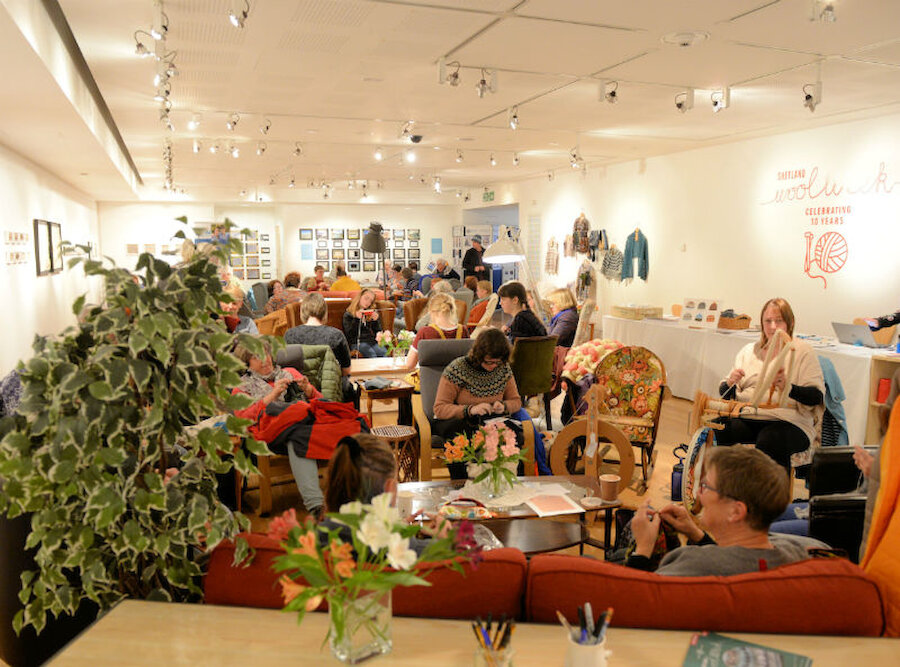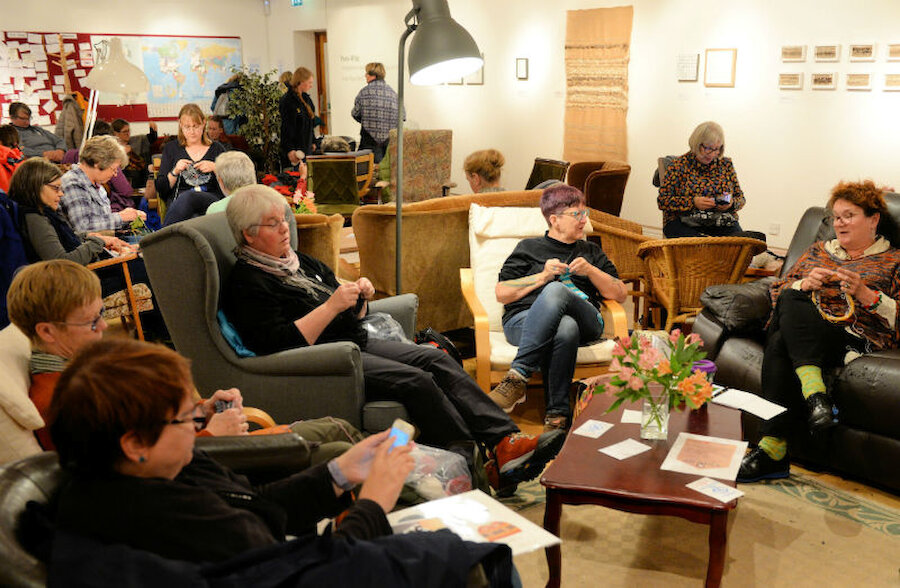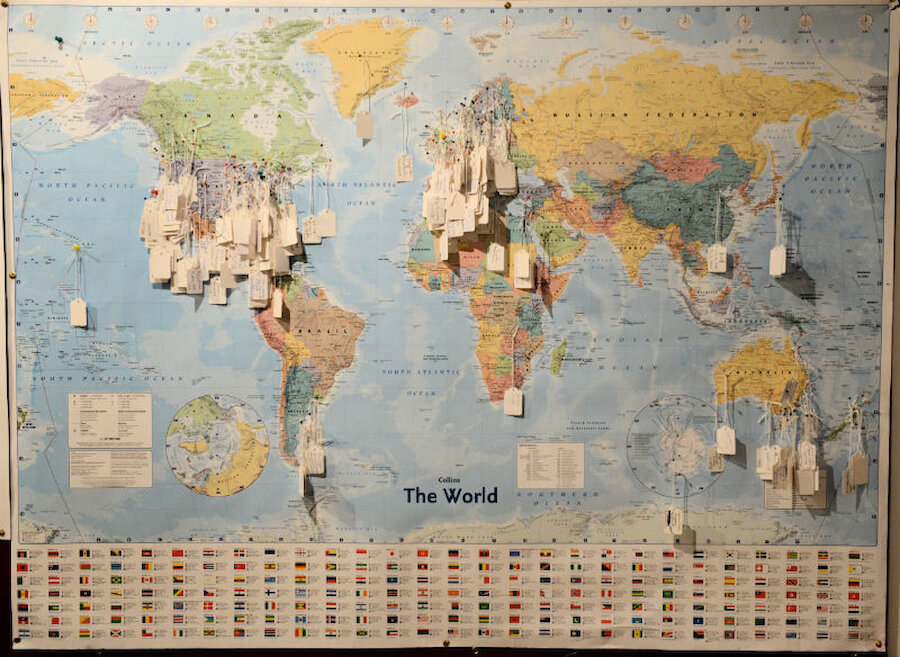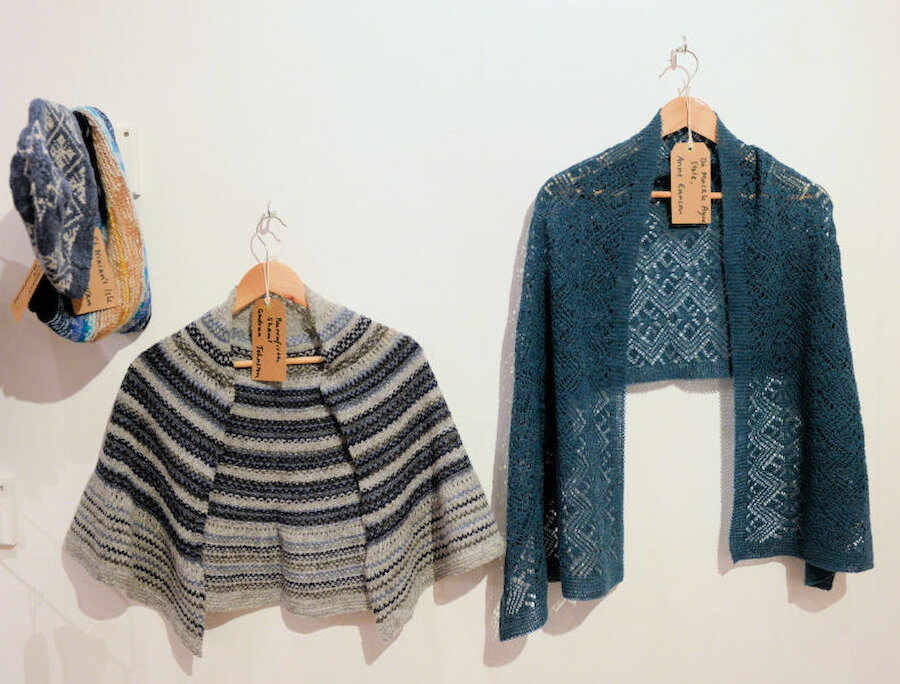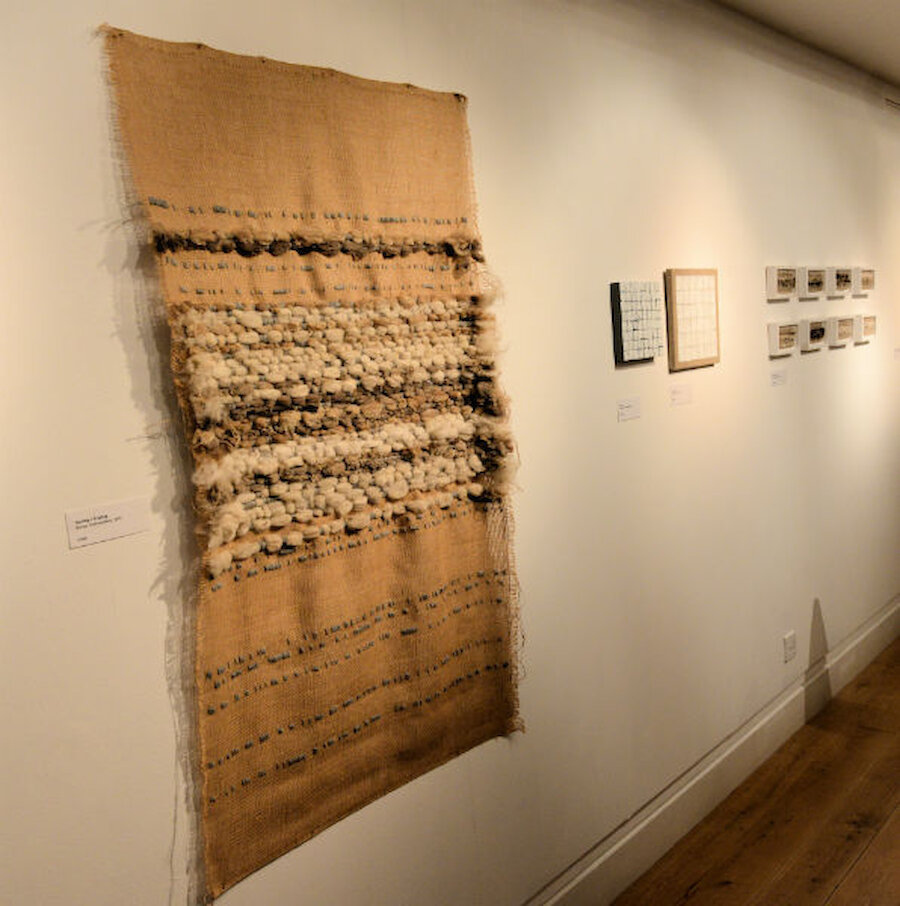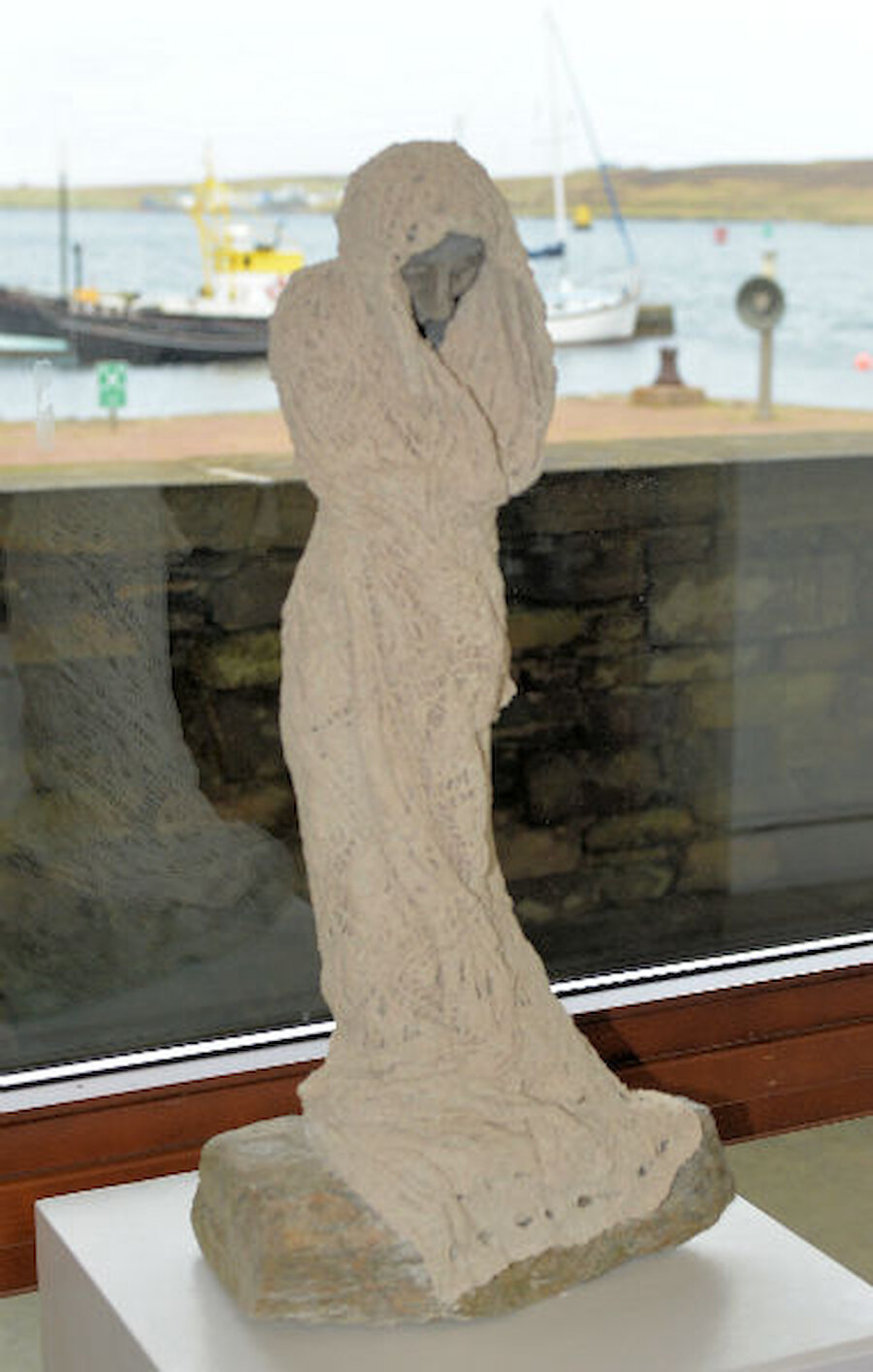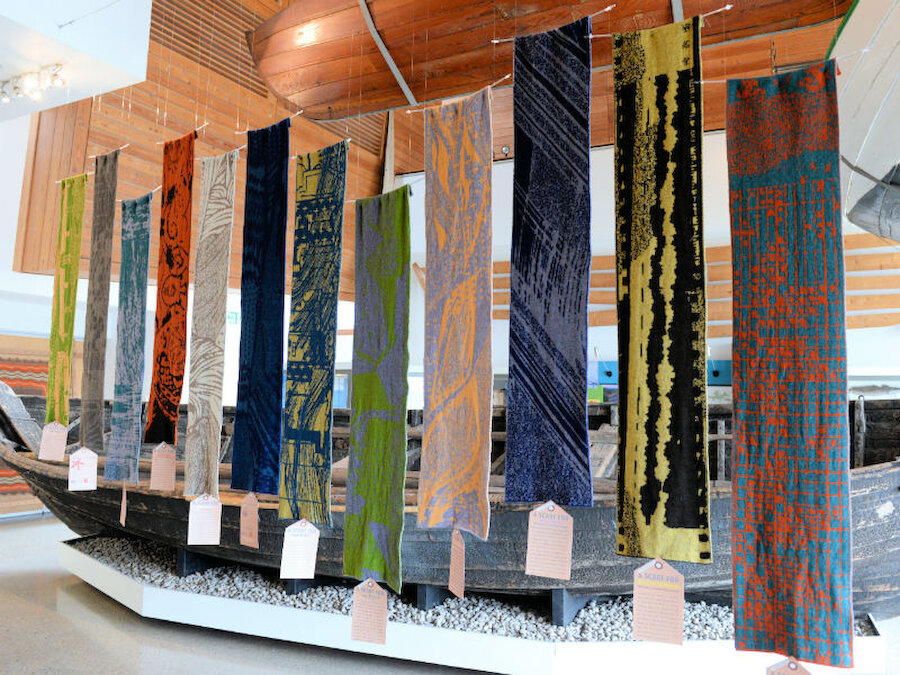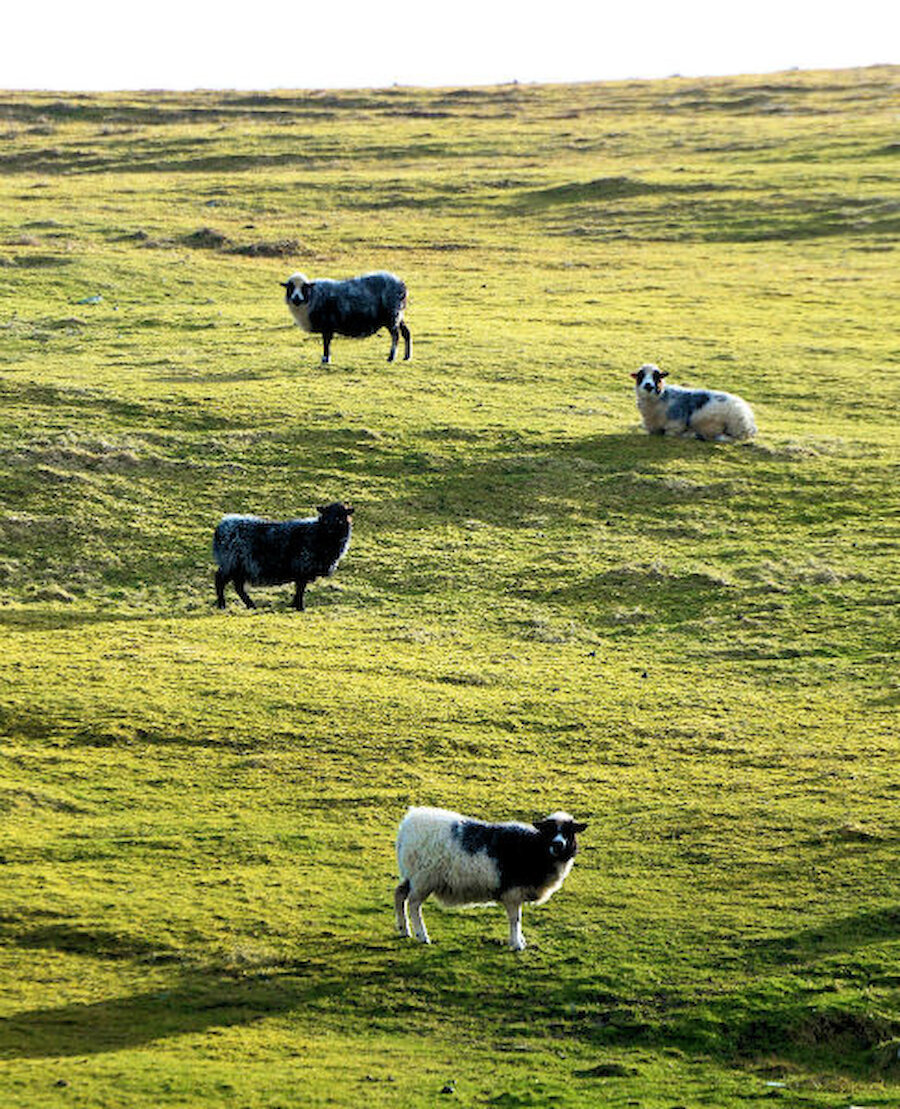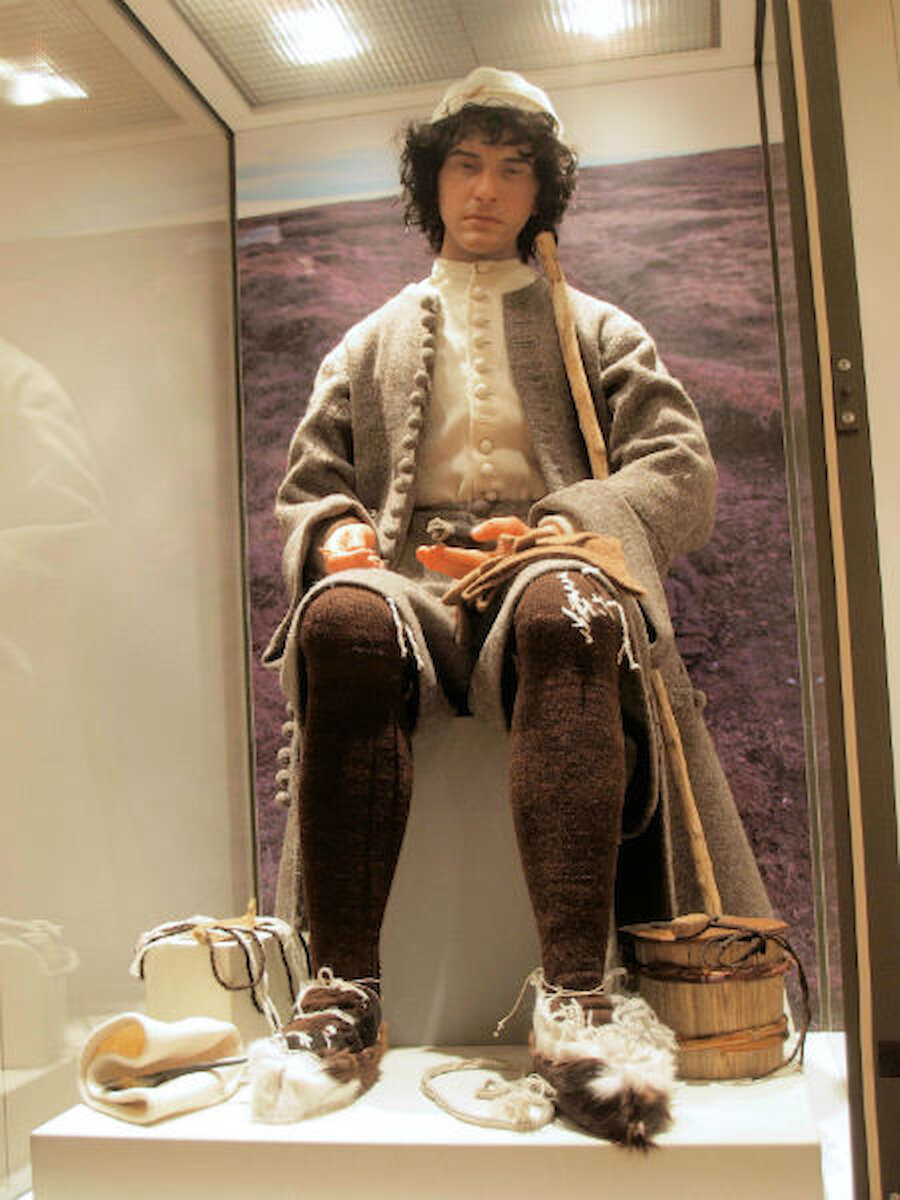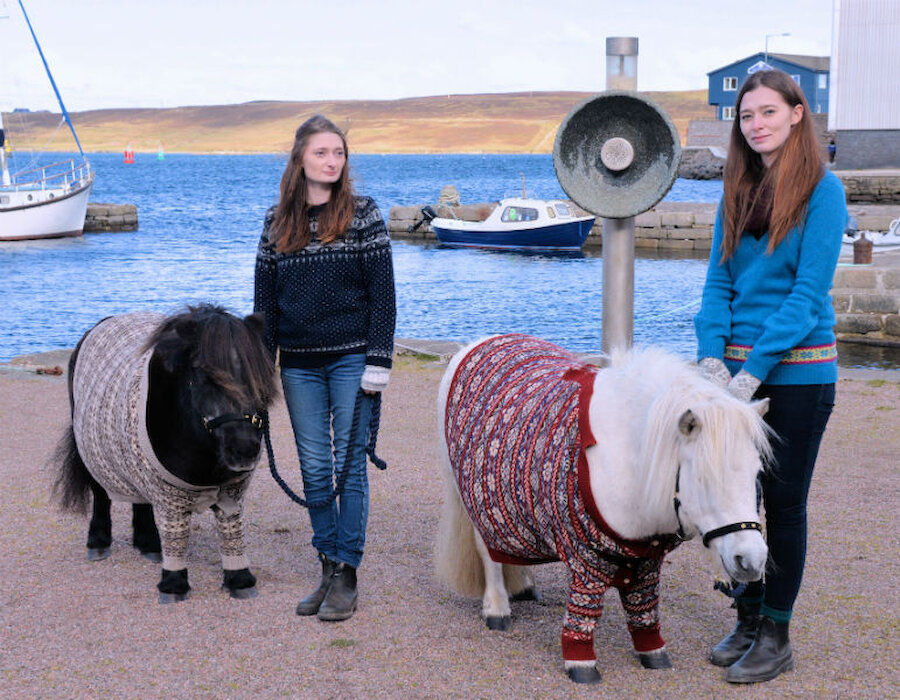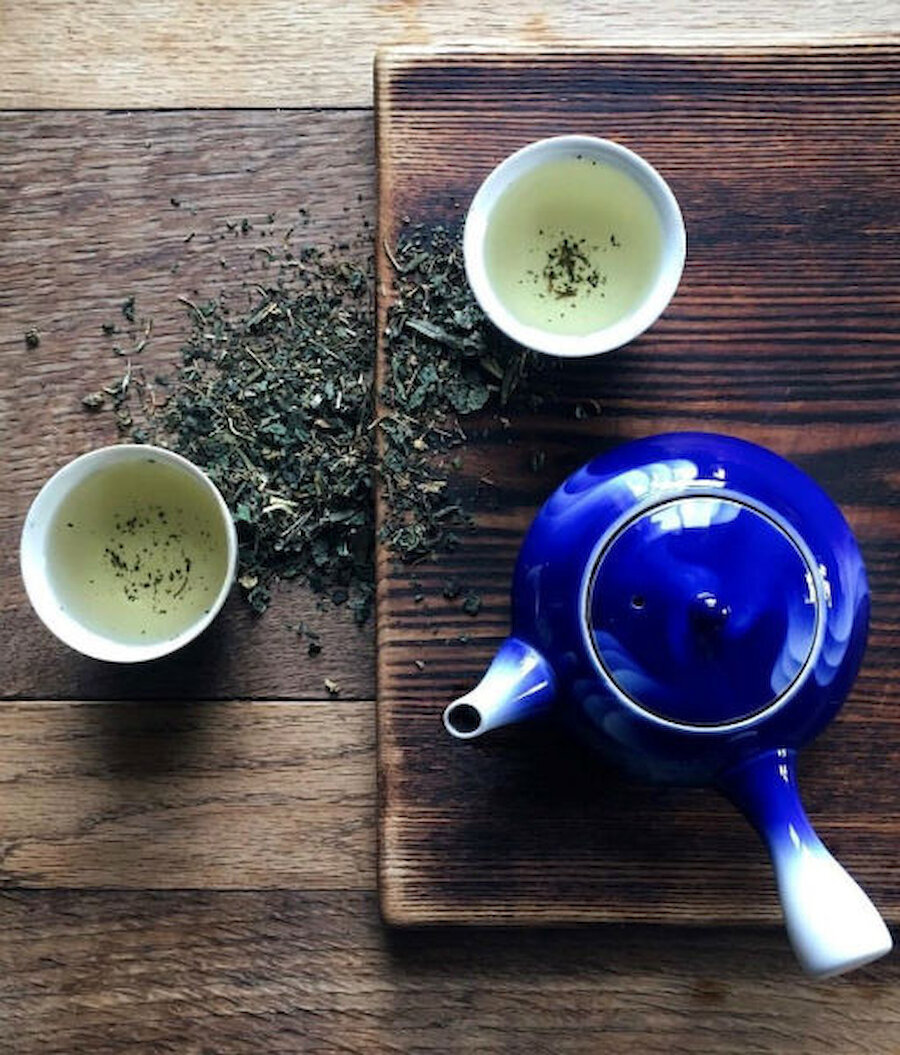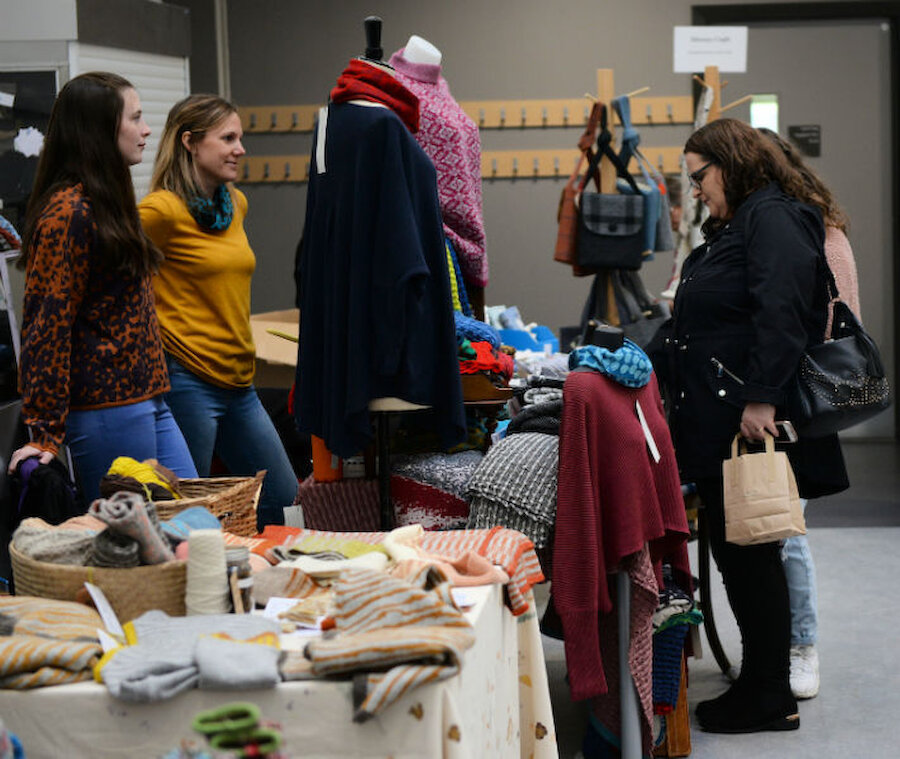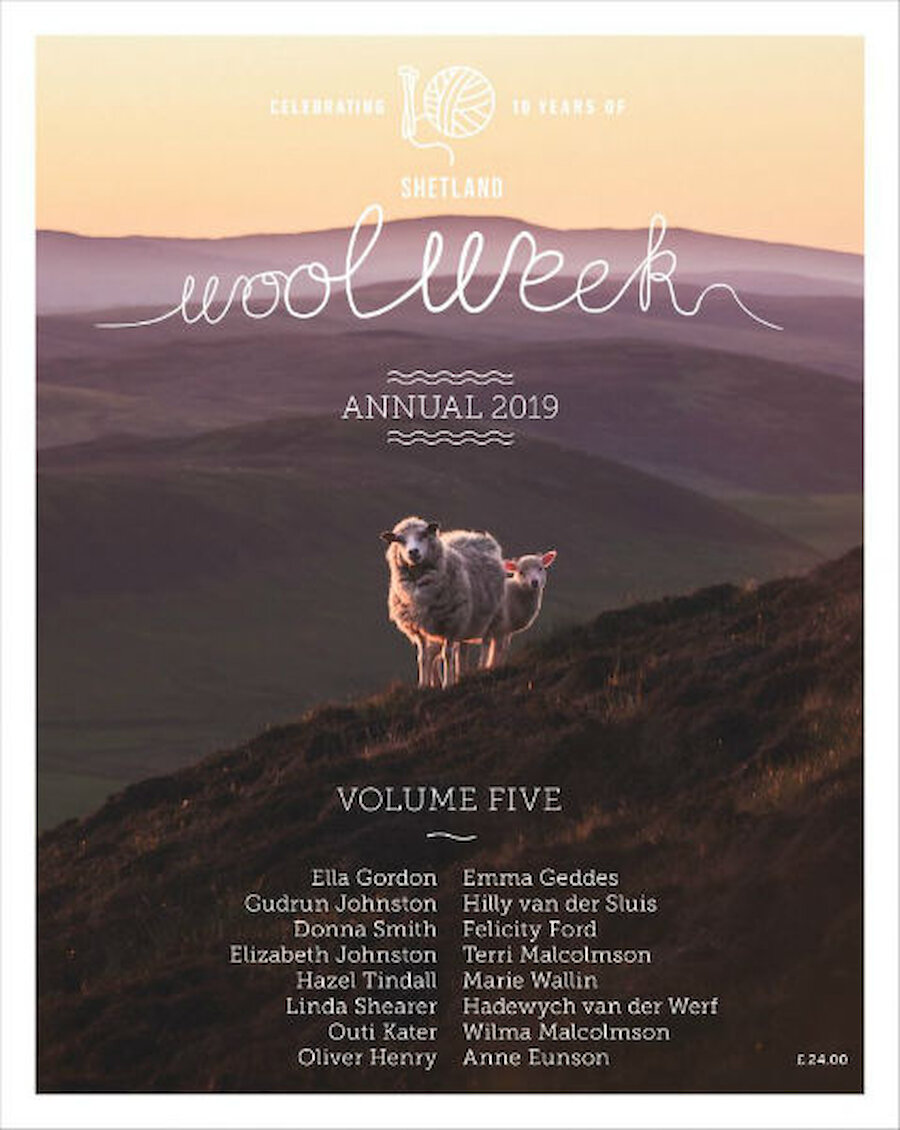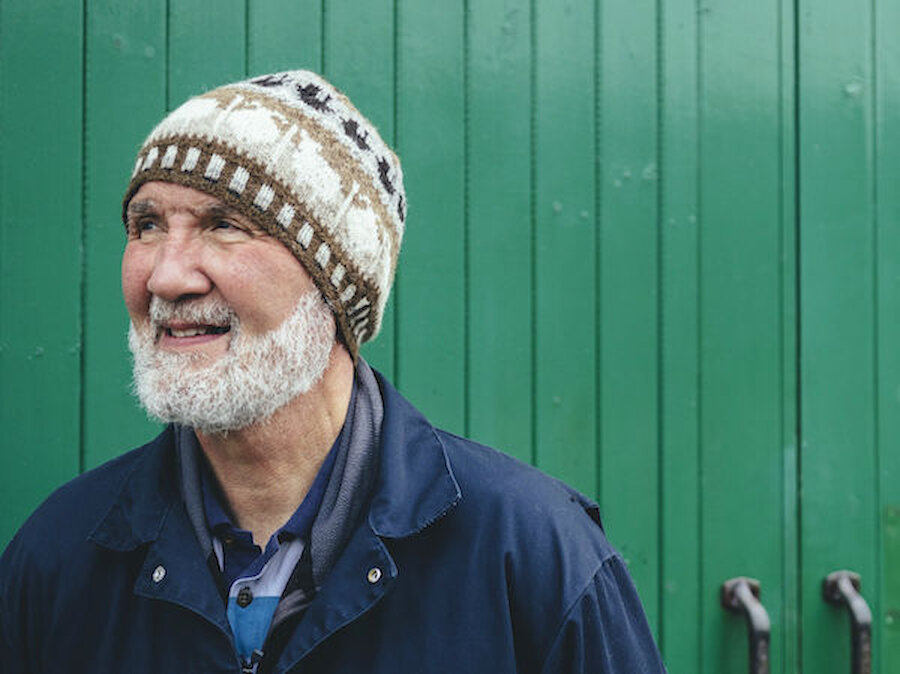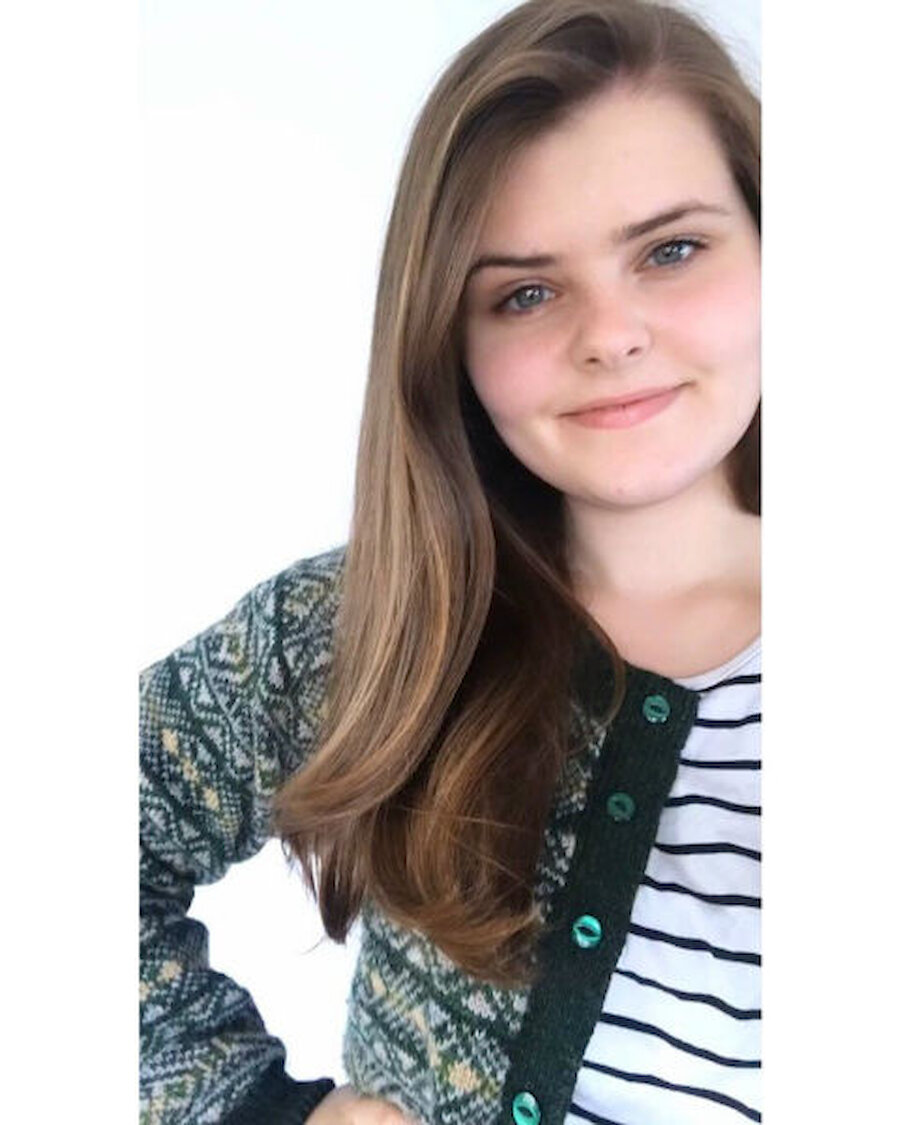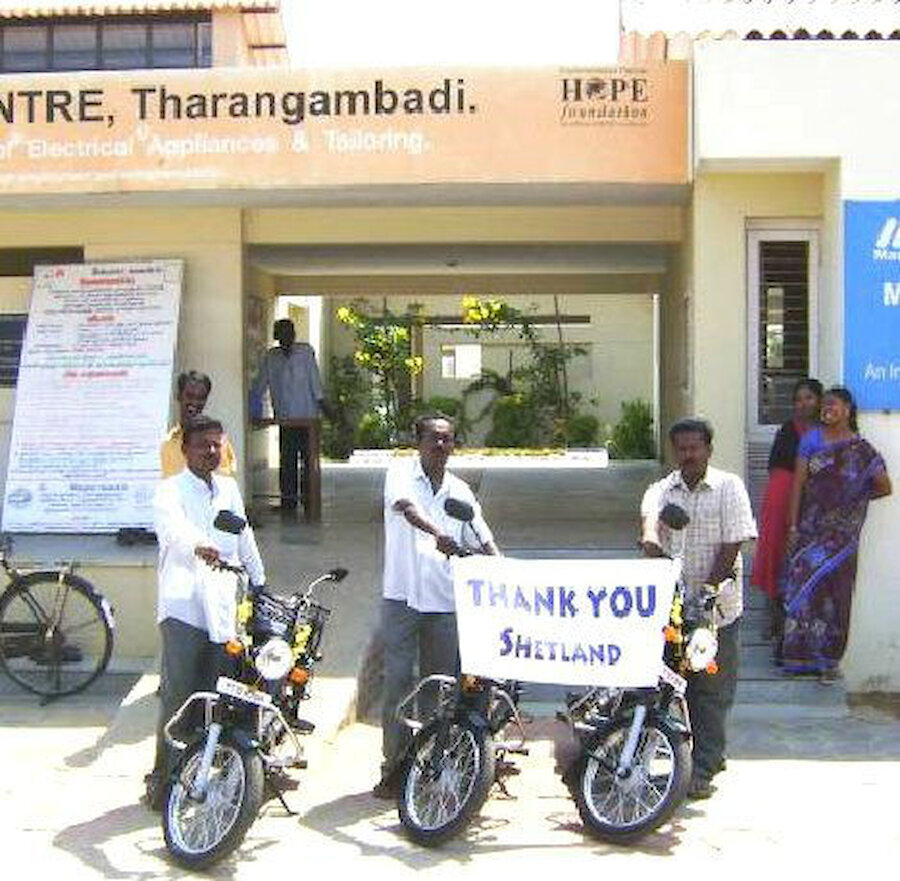There was a fundraising aspect to the week, two. One group focused on raising money towards the cost of an MRI scanner for Lerwick’s Gilbert Bain Hospital; another launched an appeal for the Shetland PeerieMakkers, a project that teaches children to knit. Meanwhile, another fundraising effort featured a beautiful selection of scarves by Faye Hackers, a lecturer at Shetland College. Each was dedicated to a local figure in textiles, which were silent-auctioned for charity.
The tours available were wool-themed, but were also designed to offer something for those non-knitters accompanying their partners. There were croft tours every day, and, for the first time, the Shetland Flock Book Society hosted two tours, taking in stunning locations at Vementry and Lunna. Shetland’s two most remote islands, Foula and Fair Isle, also offered day trips: a real opportunity not to be missed. Other guided tours took in the other islands, including Whalsay, and the north, south and west mainland.

